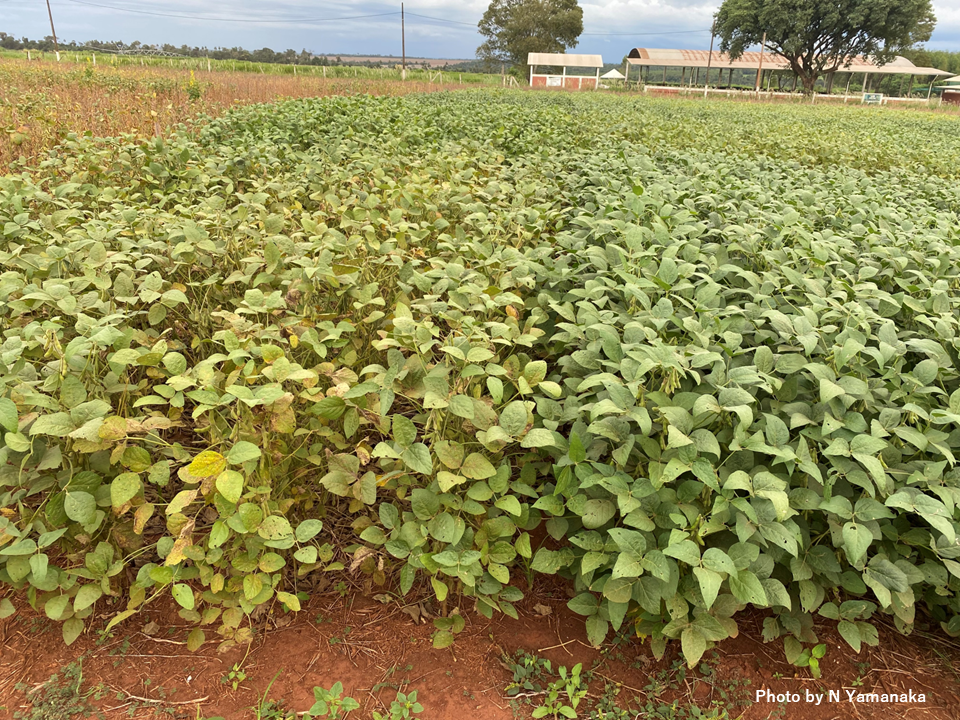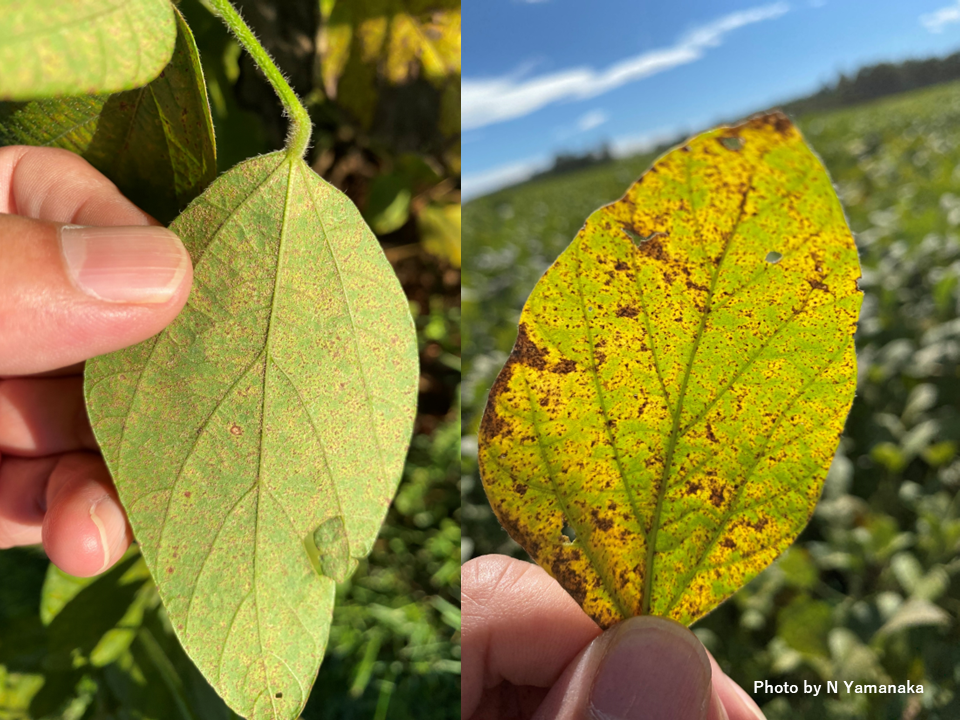Pick Up
775. International Day of Plant Health

775. International Day of Plant Health
Our food depends heavily on plants, but with the global movement of people and goods, plant pests and diseases have spread around the world. Invasive pests are a major cause of biodiversity loss and threaten the delicate web of organisms that sustain our planet. Pests are also known to spread as they find new habitats due to rising temperatures. As a result, the increased use of insecticides and fungicides threatens pollinators, natural enemies and organisms essential to a healthy environment.
In March 2022, the United Nations General Assembly decided to designate 12 May each year as the International Day of Plant Health (IDPH) to raise global awareness of the importance of preventing the spread of plant pests and diseases.
According to a commentary article published in Nature on May 2, hundreds of fungal diseases (diseases caused by fungi in the broad sense, including true fungi and oomycetes) affect 168 crops listed by the UN Food and Agriculture Organization (FAO) as important for human nutrition. Despite the use of fungicides and the breeding of resistant varieties, it is estimated that growers worldwide lose 10-23% of their crops to fungal diseases each year at the pre-harvest stage and an additional 10-20% at the post-harvest stage. The five major food crops - rice, wheat, corn, soybeans and potatoes are susceptible to rice blast, wheat stem rust, corn smut, soybean rust and potato late blight, respectively. Some estimate that the losses due to these fungal diseases are equivalent to feeding 600 million to 4 billion people, based on a diet of 2,000 calories per day for one year. These losses are expected to increase in a warming world. The editorial raised awareness of the threat of fungal diseases to the world's crops and called for investment in crop disease research.
In order to reduce the economic losses caused by soybean rust and contribute to stable soybean production, JIRCAS is conducting research on the analysis of soybean rust pathogens, the development of resistant varieties, and the effects of introducing resistant varieties in cooperation with overseas research institutes. We have also developed an international differential system for rice blast control.
In addition, we are collaborating with international organizations to develop efficient and environmentally friendly pest control technologies based on the ecology of transboundary pests such as desert locust, brown planthopper and fall armyworm, which are becoming a problem in countries where they are endemic.
Photo: Susceptible soybean cultivar (left) and resistant line (right) in an experimental field with soybean rust. Both are at the same ripening stage, but the susceptible cultivar is slightly yellowed.
Reference
Eva Stukenbrock et al., Address the growing urgency of fungal disease in crops, Nature (2023). DOI: 10.1038/d41586-023-01465-4
Disease control research at JIRCAS
Development of resilience crops and production technologies (Resilient Crops)
562. Characteristics of New Asian Soybean Rust Resistant Cultivars Developed in Paraguay https://www.jircas.go.jp/en/program/proc/blog/20220621
532. Changes in Virulence of Asian Soybean Rust Pathogen in Bangladesh https://www.jircas.go.jp/en/program/proc/blog/20220510
499. Dissemination and Use of Discrimination System Against Rice Blast https://www.jircas.go.jp/en/program/proc/blog/2022031
Pest control research at JIRCAS
Development of environment-friendly management system against transboundary plant pests based on ecological characteristics (Transboundary pest management)
156. Preventing planthopper outbreaks which cause yield loss in rice production https://www.jircas.go.jp/en/program/program_d/blog/20201020
401. Elucidating the Unique Reproductive Behavior of Desert Locust Leads to Reduction in Use of Pesticides https://www.jircas.go.jp/en/program/proc/blog/20211019
655.Toward the Establishment of Insecticide Susceptibility Monitoring Network for Fall Armyworm in Indochina https://www.jircas.go.jp/en/program/proc/blog/20221110
Contributors: NAKASHIMA Kazuo (Food Program); OBARA Mitsuhiro, YAMANAKA Naoki, KASHIWA Takeshi (Biological Resources and Post-harvest Division); KOBORI Yoichi (Crop, Livestock and Environment Division); KATO Masayasu (Information and Public Relations Office); IIYAMA Miyuki (Information Program)

